The idea of bringing people back from the dead may sound bizarre and impractical. But in 1799, Dr. William Thornton was quite sure that his plan to bring his dear friend George Washington, the first President of the United States, back to life would be successful. It all started following the death of Washington on December 14. Thornton proposed a strange plan proclaiming that he could resurrect him, according to History.
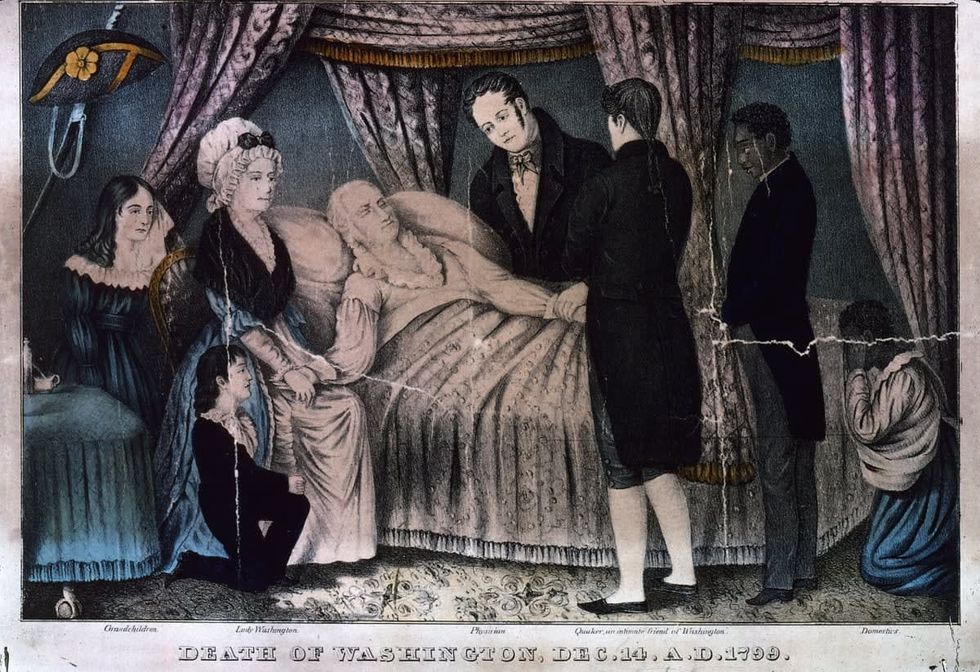
Washington died at his home in Mount Vernon, Virginia, after suffering from a severe throat infection. He was believed to have been suffering from acute epiglottitis because it was extremely difficult for him to swallow or breathe. Thornton arrived at Mount Vernon a day after Washington’s death and suggested to Martha Washington, the president’s widow, that he could try to bring her husband to life by using an unconventional method—a tracheotomy.
Thornton was born in the British West Indies in 1759 and attended medical school in Scotland before moving to the United States in 1787 and gaining American citizenship. He was also responsible for the architectural design behind the US Capitol.
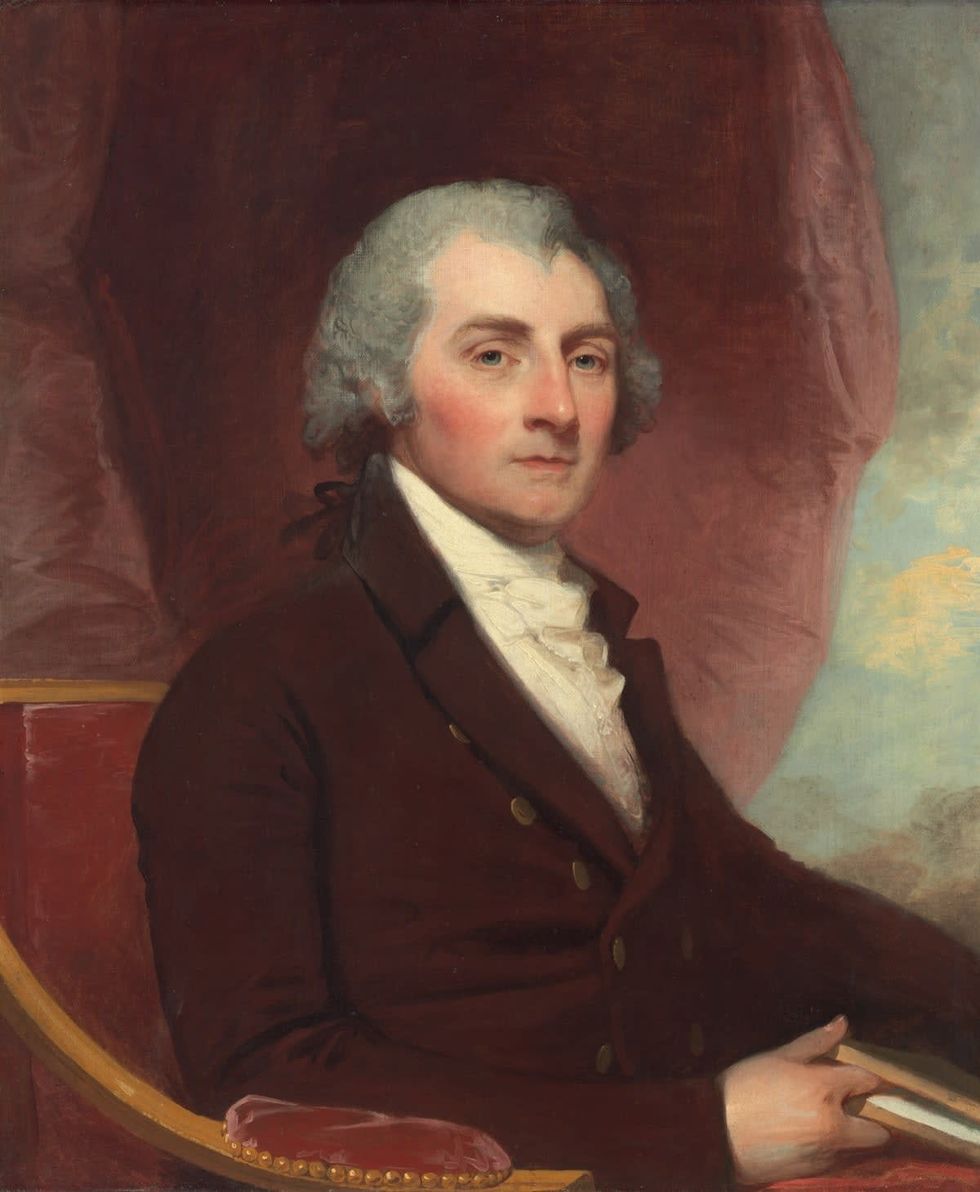
Thornton had shared his full plan in a letter to his friend as he said, "I proposed to attempt his restoration, in the following manner. First to thaw him in cold water, then to lay him in blankets, and by degrees and by friction to give him warmth, and to put into activity the minute blood vessels, at the same time to open a passage to the lungs by the trachea, and to inflate them with air, to produce an artificial respiration, and to transfuse blood into him from a lamb,” according to Trendy Digests.
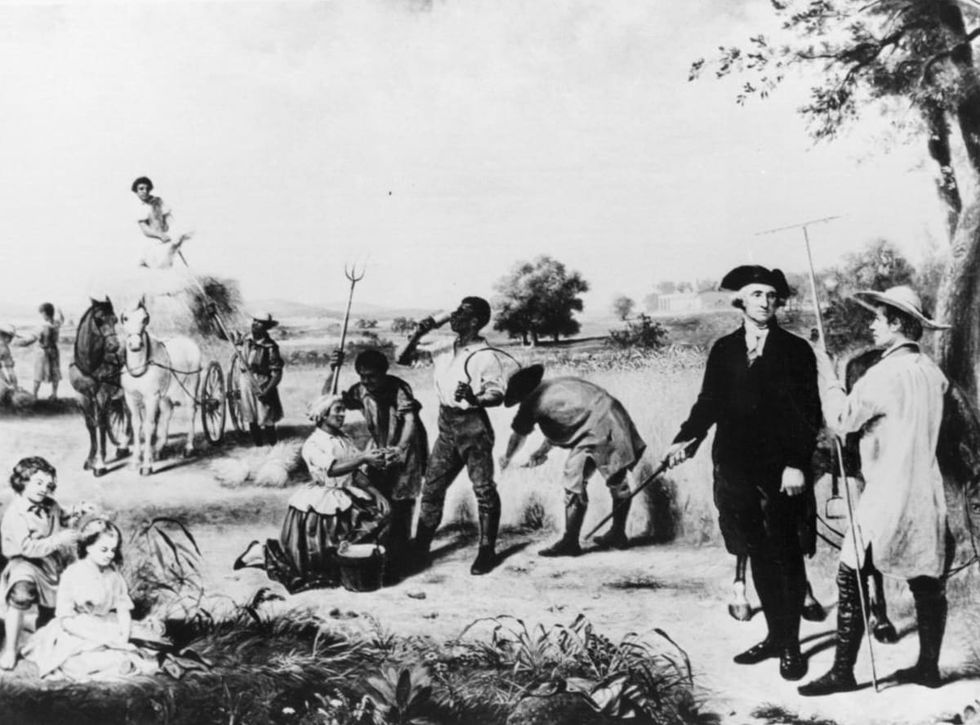
Despite having a detailed plan to revive Washington, it was Martha Washington who declined the offer as she had made peace with her husband's demise. On the other hand, Washington was at the end of painful suffering and had instructed his family to honor his last wish. He had said, "I pray you to take no more trouble about me, let me go off quietly."
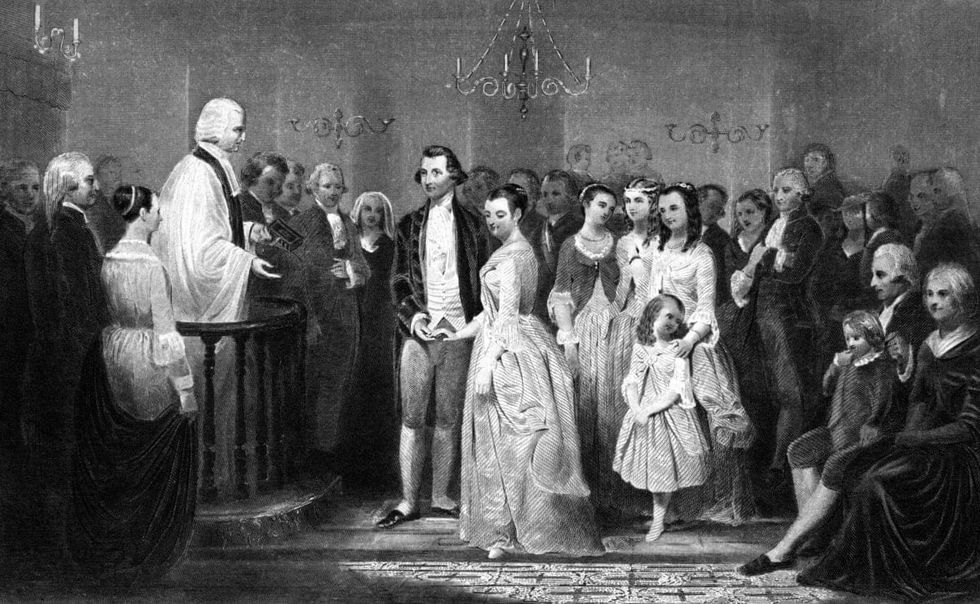
Even after two centuries of his death, Washington’s legacy lives on today as one of the most influential figures in American history. He was one of the United States' Founding Fathers and face is engraved on coins, bills, monuments, and buildings.
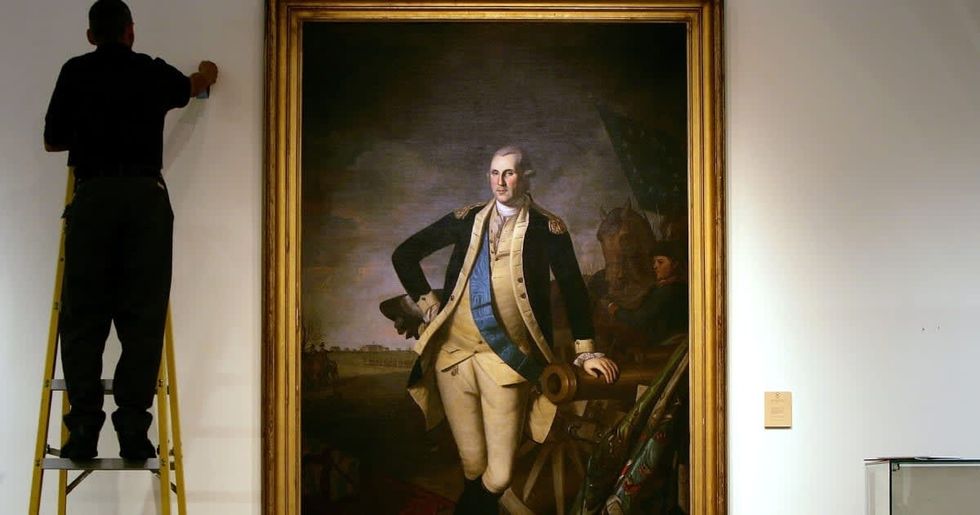
Despite being stopped from performing his rare surgery, History suggests that Thornton wanted Washington to be buried in the US Capitol. However, Washington had stated in his will that he wished to be buried in his own space at Mount Vernon and therefore, his remains were not moved out of his estate.


















 Pictured: The newspaper ad announcing Taco Bell's purchase of the Liberty Bell.Photo credit: @lateralus1665
Pictured: The newspaper ad announcing Taco Bell's purchase of the Liberty Bell.Photo credit: @lateralus1665 One of the later announcements of the fake "Washing of the Lions" events.Photo credit: Wikimedia Commons
One of the later announcements of the fake "Washing of the Lions" events.Photo credit: Wikimedia Commons This prank went a little too far...Photo credit: Canva
This prank went a little too far...Photo credit: Canva The smoky prank that was confused for an actual volcanic eruption.Photo credit: Harold Wahlman
The smoky prank that was confused for an actual volcanic eruption.Photo credit: Harold Wahlman
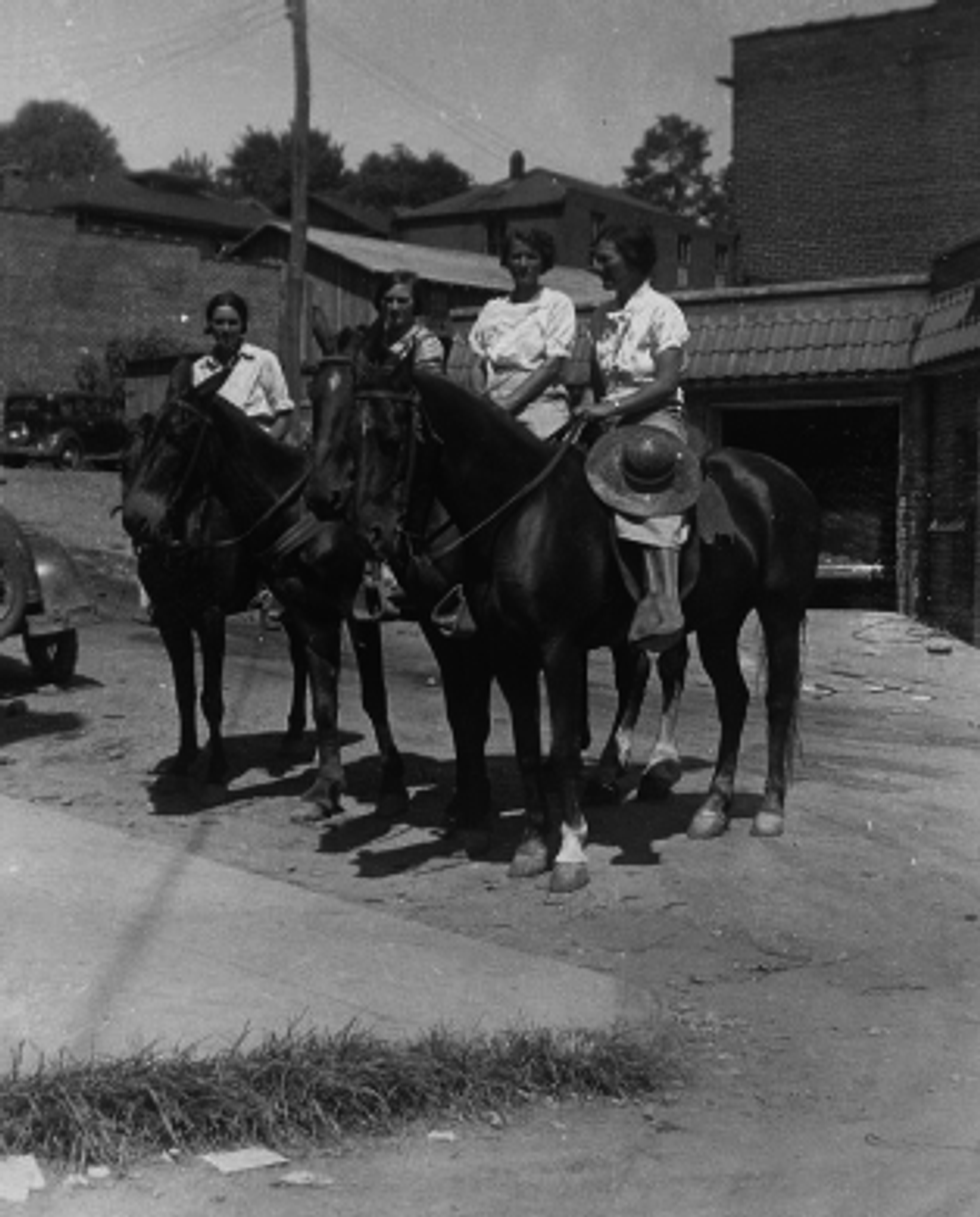 Packhorse librarians ready to start delivering books.
Packhorse librarians ready to start delivering books.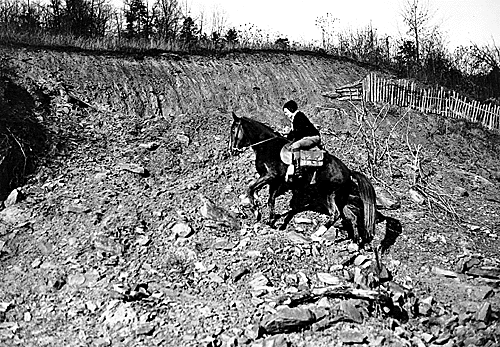 Pack Horse Library Project - Wikipedia
Pack Horse Library Project - Wikipedia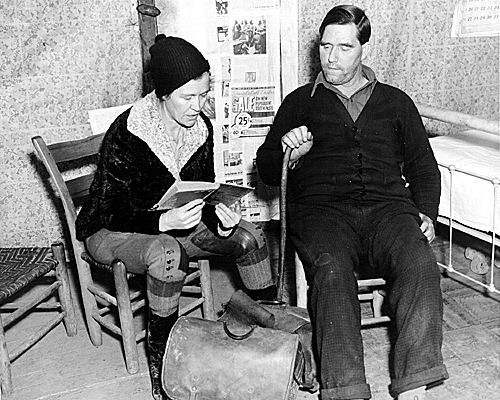 Packhorse librarian reading to a man.
Packhorse librarian reading to a man.
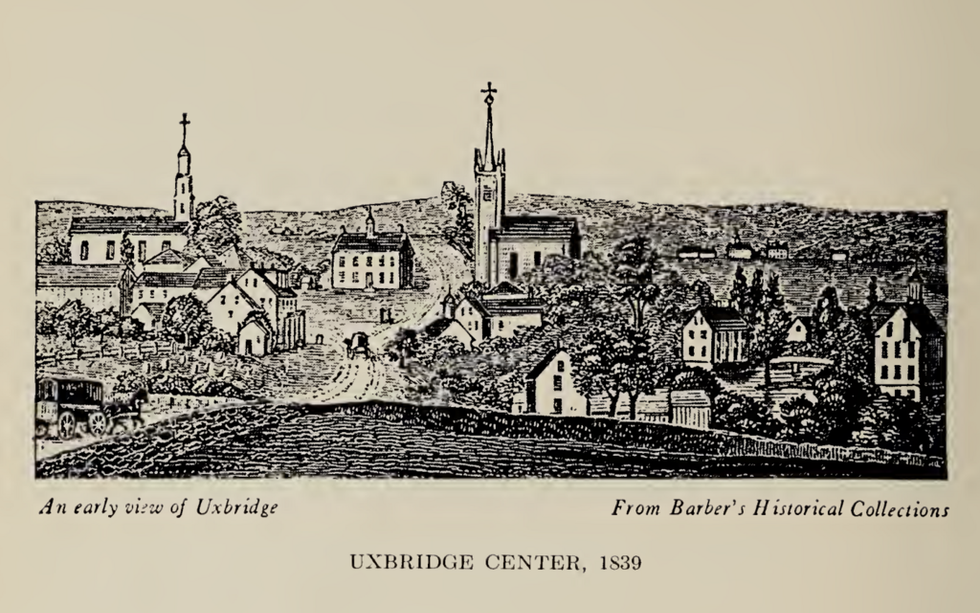 Fichier:Uxbridge Center, 1839.png — Wikipédia
Fichier:Uxbridge Center, 1839.png — Wikipédia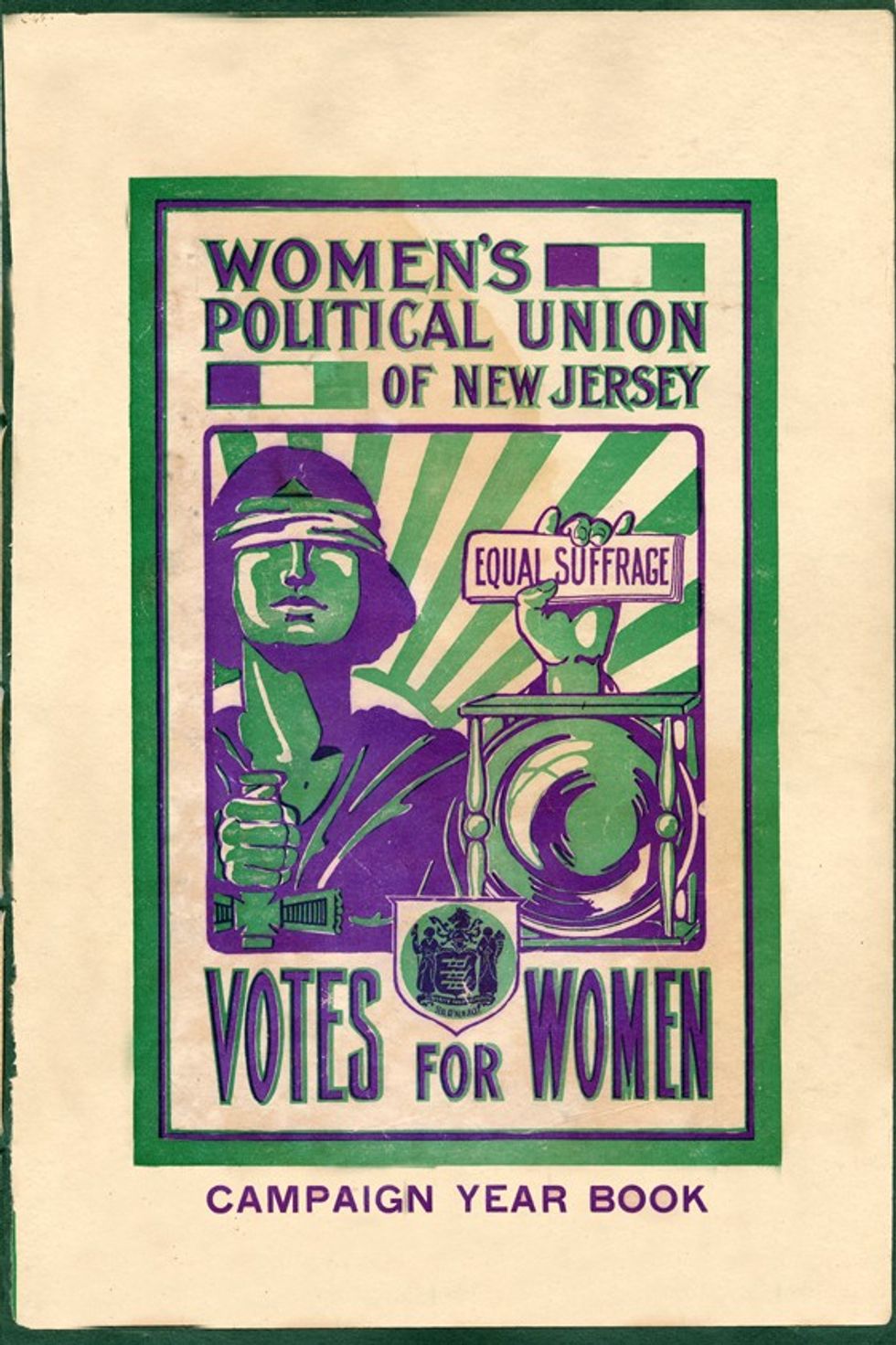 File:Women's Political Union of New Jersey.jpg - Wikimedia Commons
File:Women's Political Union of New Jersey.jpg - Wikimedia Commons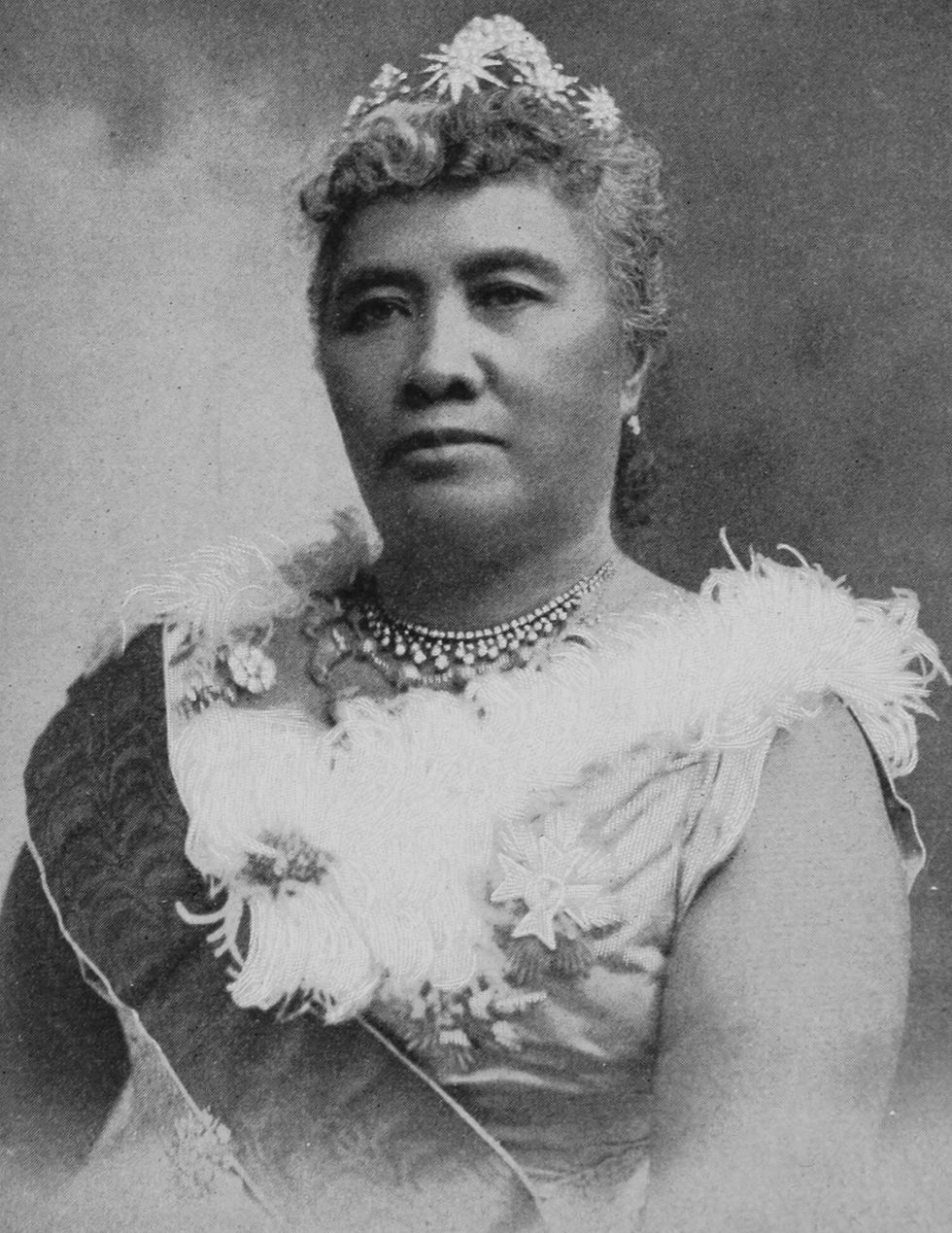 File:Liliuokalani, photograph by Prince, of Washington (cropped ...
File:Liliuokalani, photograph by Prince, of Washington (cropped ...
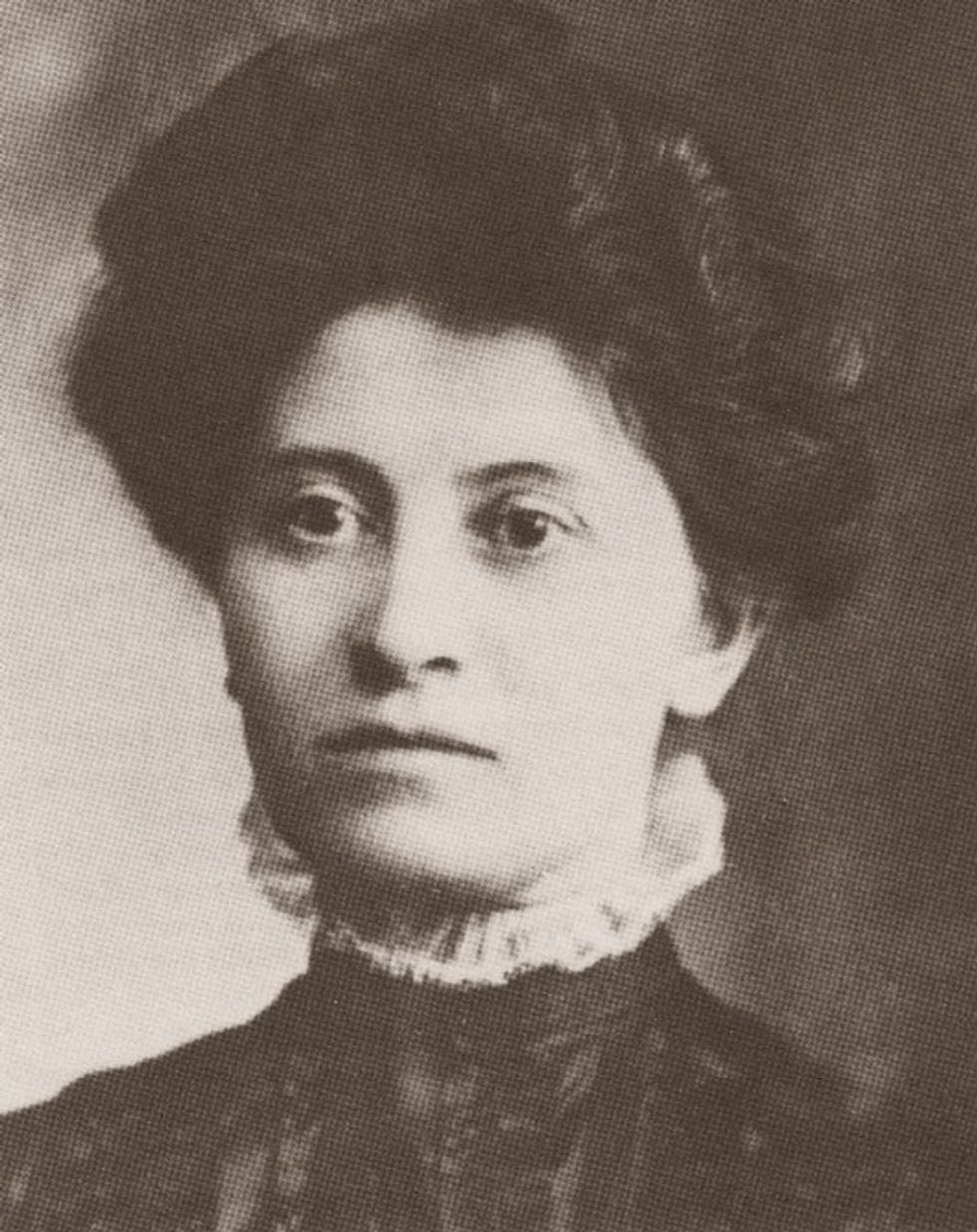 Theresa Malkiel
commons.wikimedia.org
Theresa Malkiel
commons.wikimedia.org
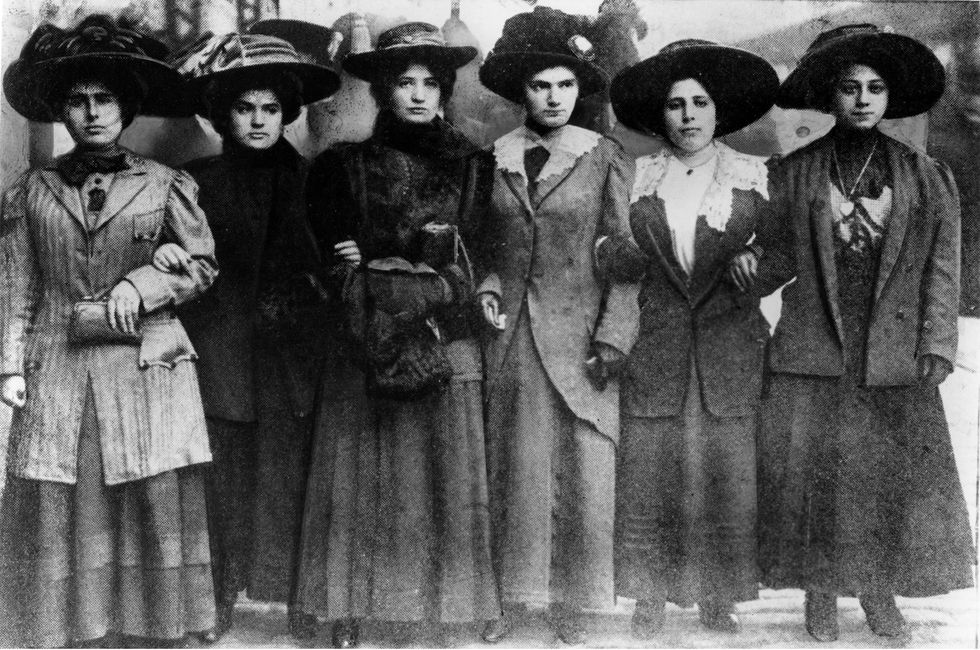 Six Shirtwaist Strike women in 1909
Six Shirtwaist Strike women in 1909
 U.S. First Lady Jackie Kennedy arriving in Palm Beach | Flickr
U.S. First Lady Jackie Kennedy arriving in Palm Beach | Flickr
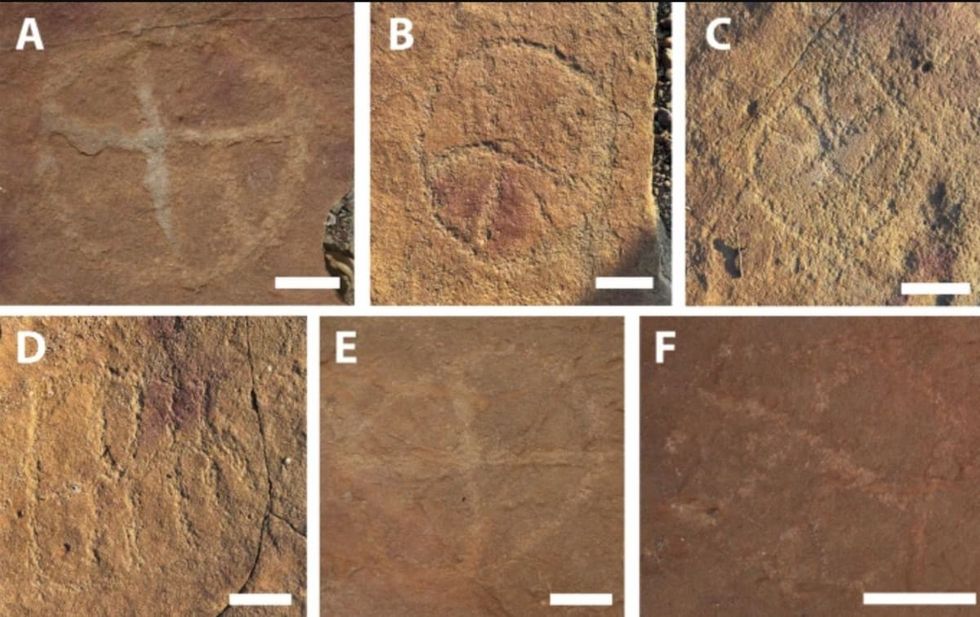 Image Source:
Image Source: 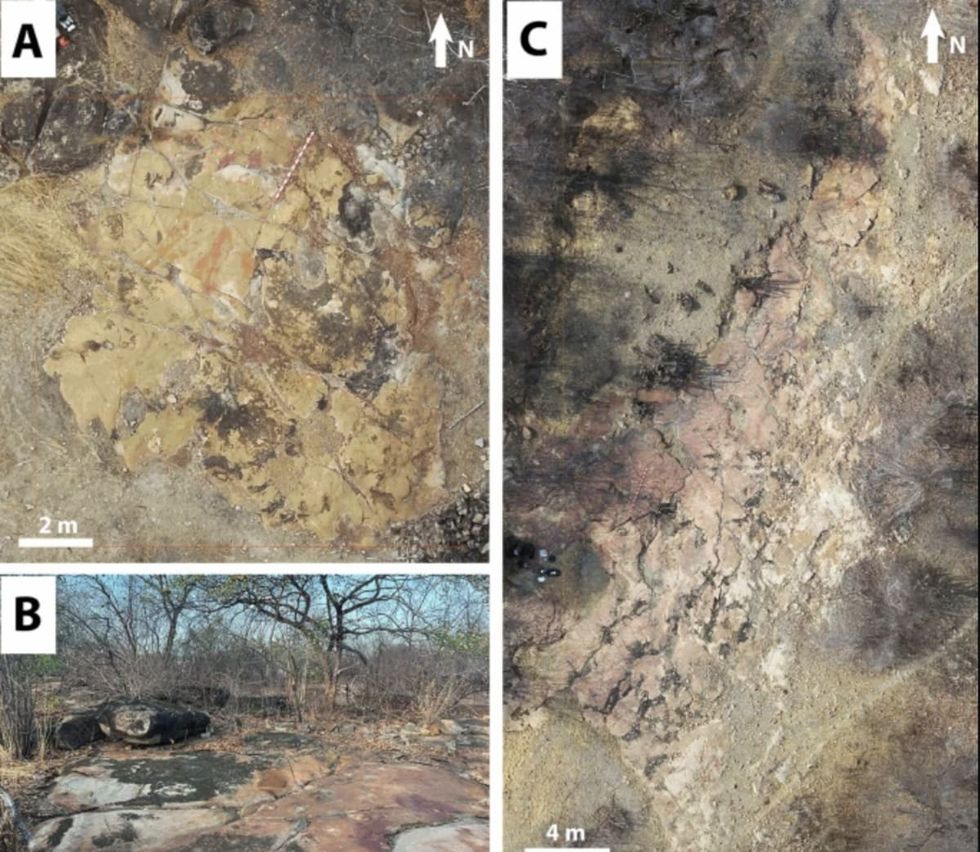 Image Source:
Image Source: 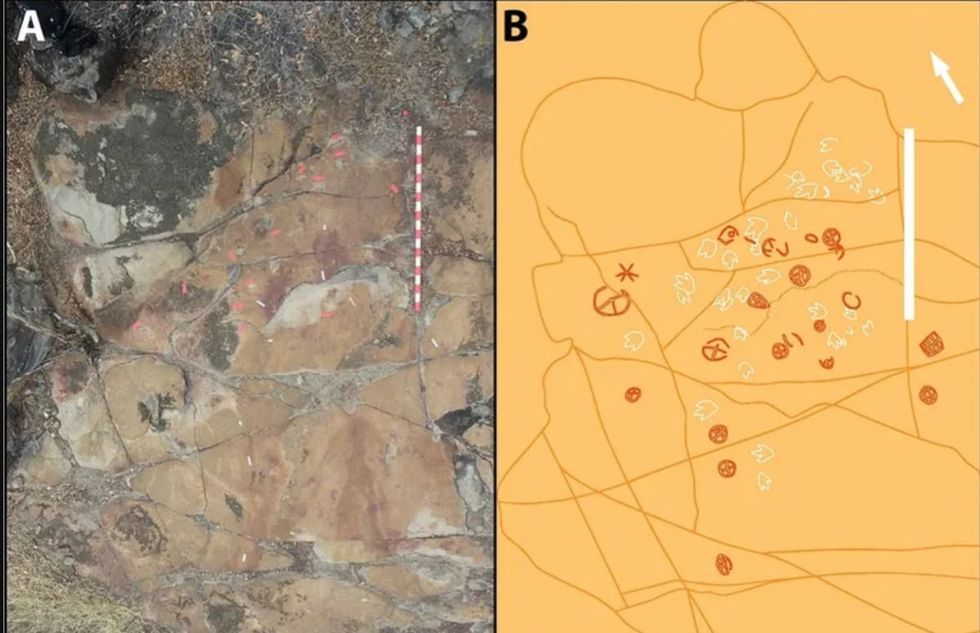 Image Source:
Image Source: 